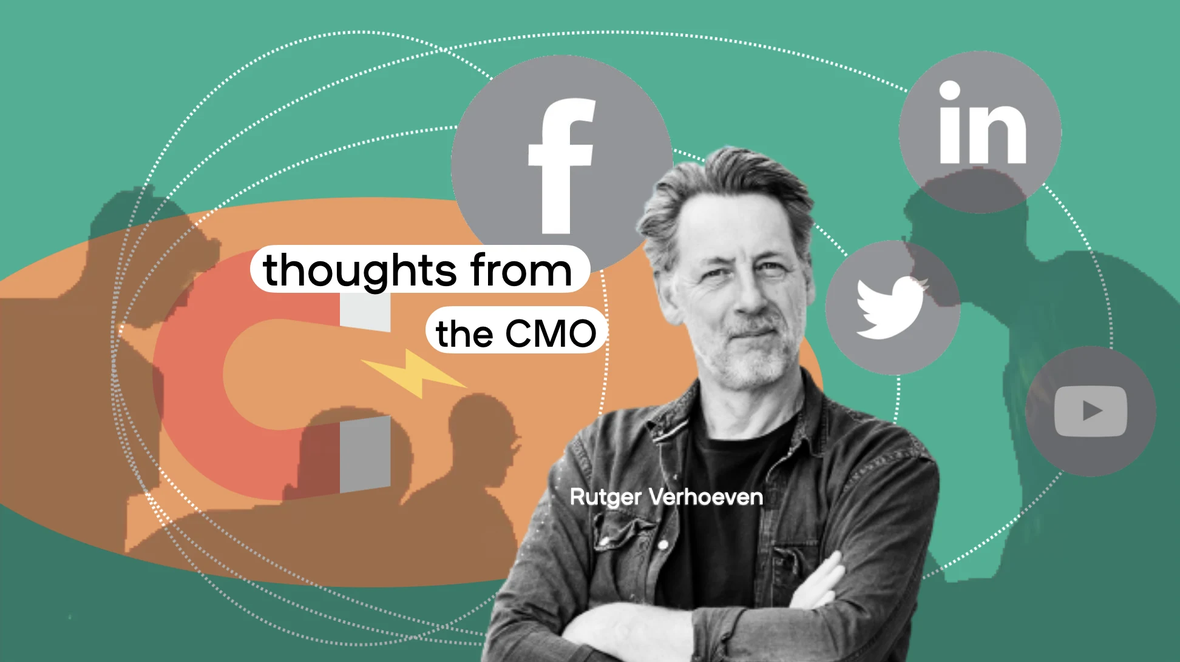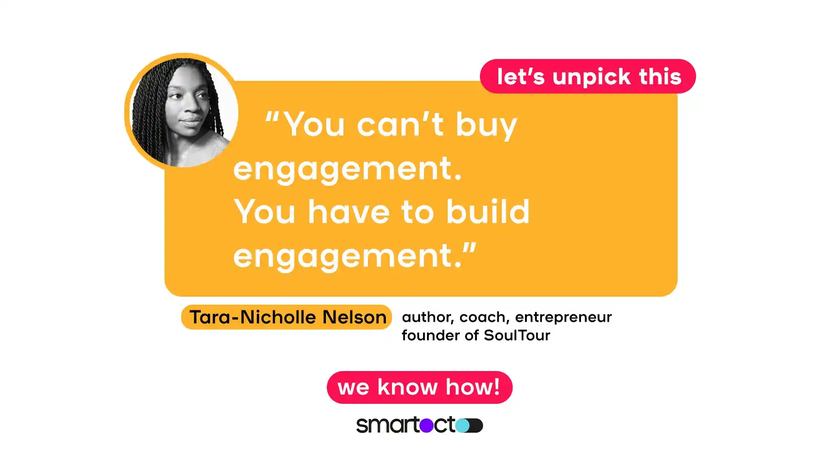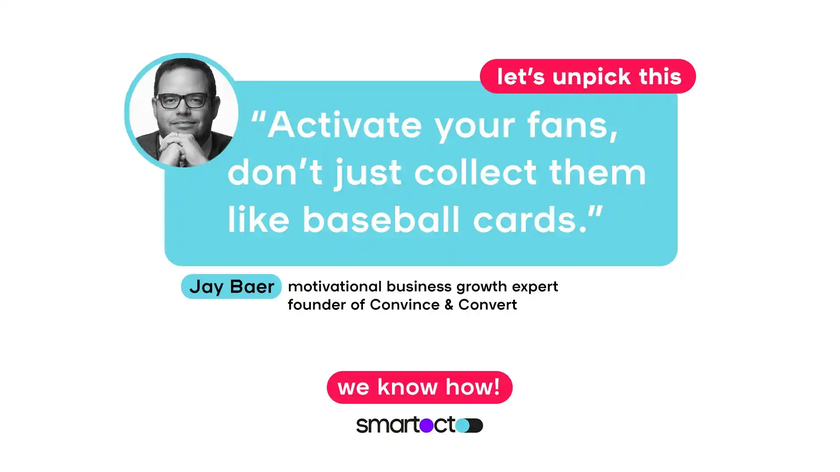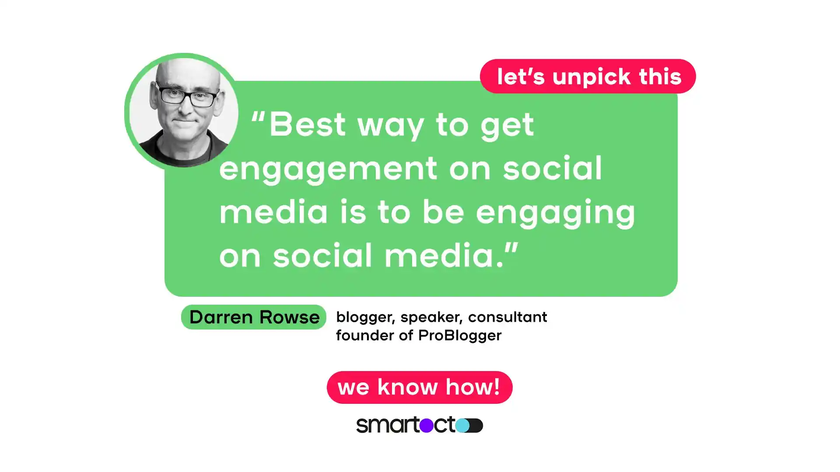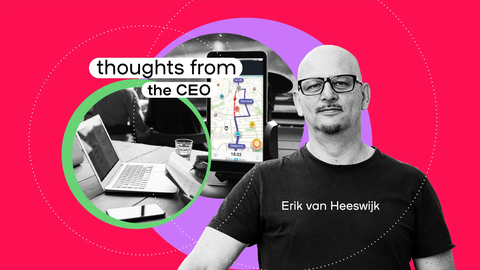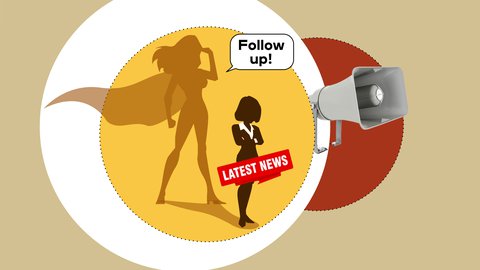Of course Tara-Nicholle Nelson has a point here, but there’s quite a bit worth unpicking here. So, why don’t we?
How do you actually build engagement?
Well, let’s say this: she’s not wrong. Let’s start off there.
‘Buying’ engagement makes just about as much sense as buying a friend does: sure, it *might* turn out ok, but generally robust relationships are built, not acquired - and that takes time, focus and attention.
Here’s what we’d do:
1. Go back to your brand DNA, and think carefully about your audience
Understand that you have to take a step back to get anywhere. Start with your brand, and your mission. What do you stand for? What are your values? What’s your perspective? How about your target market? How well do you know them? How does your brand intersect with your audience? Although this might sound like publishing 101, this is a conversation we always have whenever we’re consulting with new newsrooms - and by and large it almost always needs time spent on.
2. Know that engagement comes from understanding, so commit
If the central part of a publisher’s job is to serve the audience content that’s relevant, exciting and useful to them, you need to delve into what they need. Luckily for you, we’ve just spent ages working on a project called News Needs Notifications, which addresses exactly this issue. User Needs is something that’s starting to be talked about in ever widening circles, and it’s a great time to get into the conversation.
3. Pay attention to feedback - both personal and robotic
One of the biggest problems with newsrooms today is the workflow. It simply hasn’t changed a great deal since the print era. Journalists are assigned beats and stories, they’re researched, written, published and then…… they start the process again. This is a huge missed opportunity. Why? Well, simply because the audience can now tell us when they want follow up stories or information. Surely it’s a no-brainer to listen and respond?
